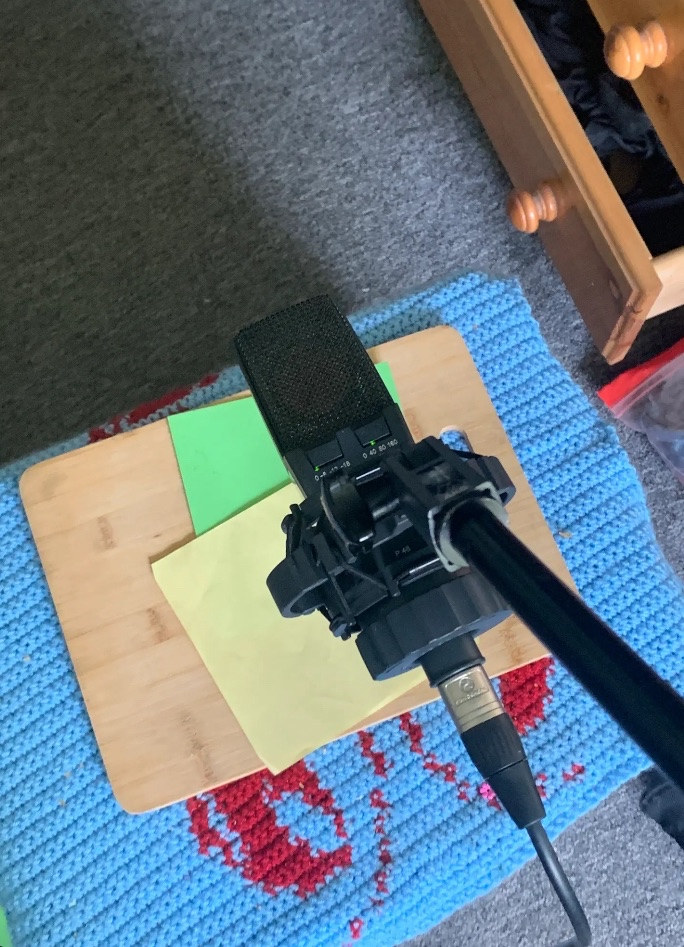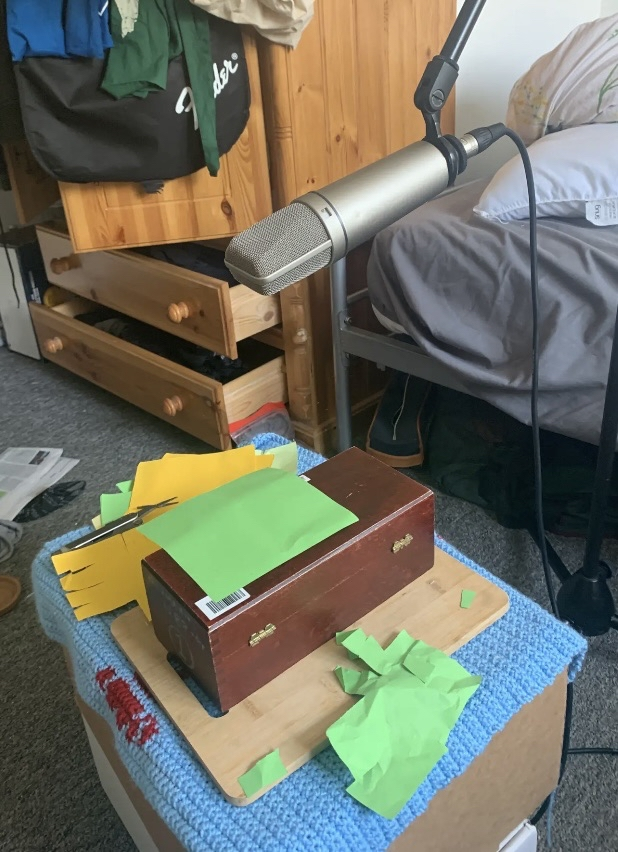"Glitch Hotline"
This is a piece of sound design which aims to showcase sound design techniques such as foley, synthesis, sampling and processing to create a realistic and also hyper-real sound experience, with the first half showcasing realistic sound design before embracing glitch and synthesis based sounds to transport the audience to a hyper-realistic experience. It shows two distinct ideas of sound design and creates an interesting and complex sound experience to match the film.
Development
Before starting the sound design for my final piece, I gathered sounds from field recordings I had done over the module. These would be quick sessions once or twice a week recording sounds from different locations, I primarily used the Zoom H4N portable recorder to create a sound library of a multitude of different objects and environments. This allowed me to create the early parts of my piece very easily establishing the sound from the opening cuts from a recording of a jet lighters ignition and flame, a distinctive and explosive sound which I felt captured my attention in the short shots of frames and is also used as the explosion sound at the end of the piece. The practice of creating a sound library is a well-established part of sound design with Ben Burtt saying, “Part of being a sound designer is being a librarian”. I continued to develop my sound library over the course of the development of my final project. I also started combining different sounds I had recorded to make much better sounds not dissimilar to the practice of music concrete, using the sound of my leather man’s scissors closing for the spring sound effect and combining it with the latch on a briefcase to make the typewriters key sounds. I also used a multitude of online sound libraries particularly the BBC sound library which had the sound of the telephone ringing and tv smashing, I also recorded the sounds from various YouTube videos using an ASMR typewriter video to get the sound of loading and removing paper from the typewriter as well as the dialling of the rotary phone.
I then started planning my Foley recordings, important to my project as they are the basis of the first half of the film and Foley allows for “pristine and dramatic” (David Lewis Yewdall, 2020) sound effects. I began by dividing sounds into 3 categories movements, specifics, and feet. I then created a list of materials and objects which would allow me to create the sounds of the piece, using multiple different types of paper to match the newspaper and normal paper shown in the piece, scissors for the cutting, a wood chopping board to act as a surface for the desk and floorboards as well as many more different objects.
In my foley sessions I begun by recording the initial sounds of the scene such as the typewriter, the newspaper movement, and the scissors using the Sennheiser MKH 416 shotgun condenser microphone, using this example recording for my tutorial, my feedback highlighted that the shotgun mic was too directional for these sounds and I was suggested to use a large diaphragm condenser microphone for these less directional recordings to achieve a more consistent sound and level as they capture a larger space. I then restarted my Foley recordings, using large diaphragm condensers the Neuman 102, Neuman U 87 and AKG C414, these microphones allowed me to capture a much more consistent sound and better overview in my Foley recordings. For the process of recording my foley sounds I focused on a specific part/action of the film and would rehearse my movements before listening to the rough recordings of the sounds . I would then fine-tune the foley performances with editing going frame by frame to correct any timing issues this allowed me to get good consistent synchronisation across the film.

I then looked to add ambient sound to suit the room in the first half of the film, recording different environment sounds, with the Neuman U 87 using its omnidirectional polar pattern to test out the ambient sounds from Studio A, my shower, the inside of the fridge and many other places, I ended up using the sound from my shower with the hum of the fan and other aspects allowing me to create a believable space.

With the majority of the first half of the piece done, I started to use synthesis to generate the sounds for the second half of the piece specifically the shot, tracking the journey to the phone as well as the women glitching and the sound of the spinning light in the room. I began experimenting with modular synthesis to generate my original sounds, these mostly came from experimental patches which I then recorded and labelled giving some descriptions. I would also use VCV rack to generate modular sounds but also allow me to change sounds and perform along with the movements in the piece using the same method I would use for foley. This allowed me to create dynamic synthesis sounds which synched up with the movements creating an artificial feeling to the movements when compared to the foley-based movements in the first half. The sound of the spinning lamp in the second half of the piece is also created using synthesis and is the main ambient sound of the room this further creates an artificial atmosphere and creates even more contrast between the two parts of the piece. Many sounds have been created through the synthesis in sound design with the helicopters in the apocalypse now a notable example and inspiring me to attempt the sound of the spinning light.soundscape enhanced the surreal and otherworldly aspects of the film, immersing the audience in a hyperreal and distorted reality that heightened the emotional impact of the visuals.
